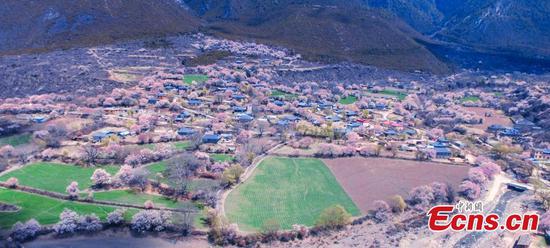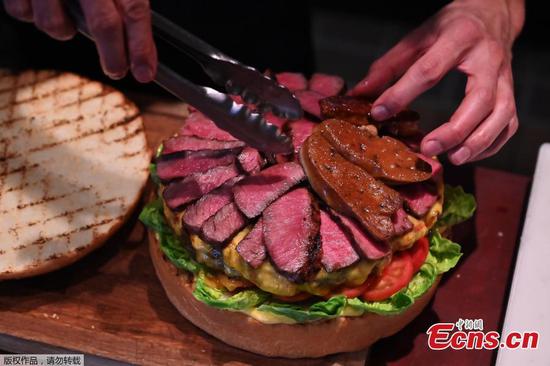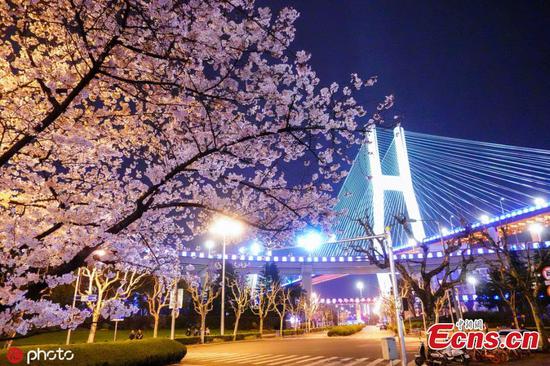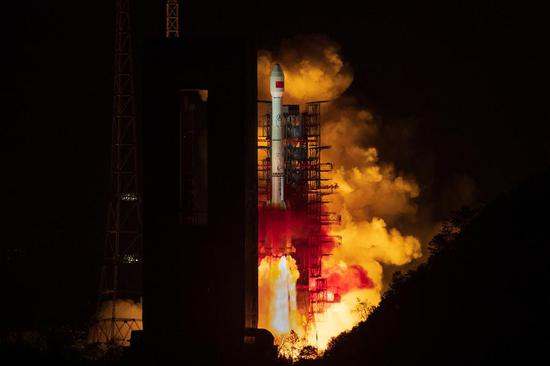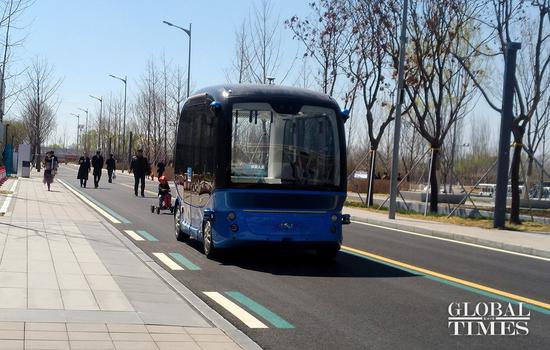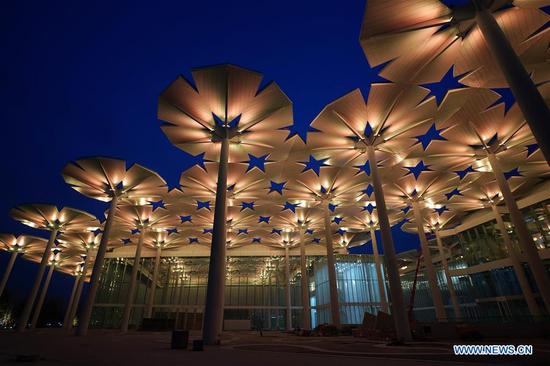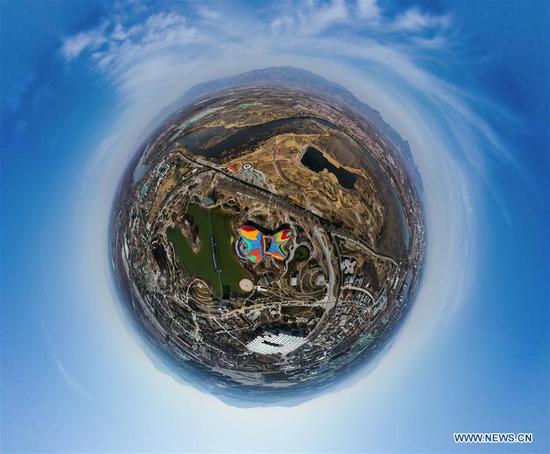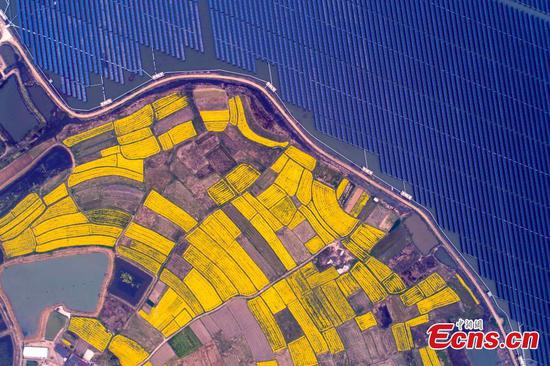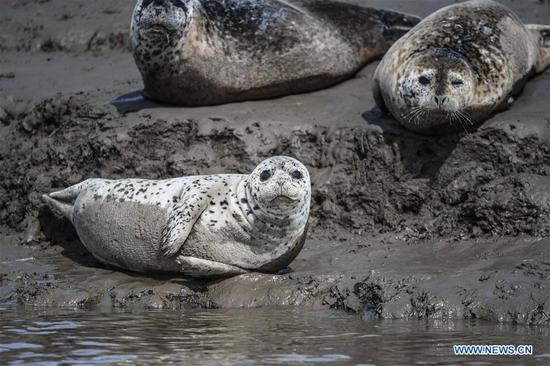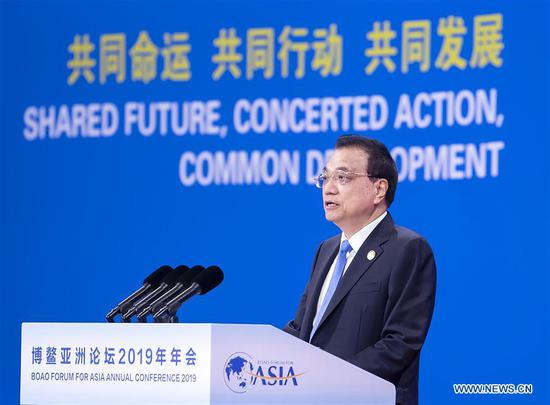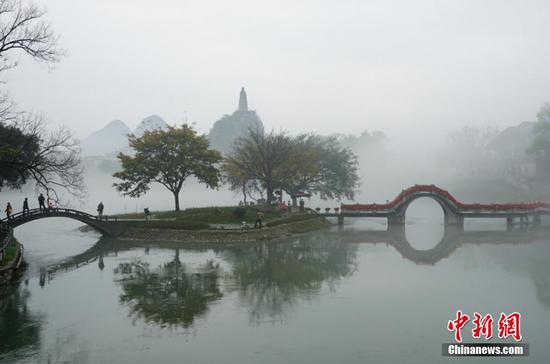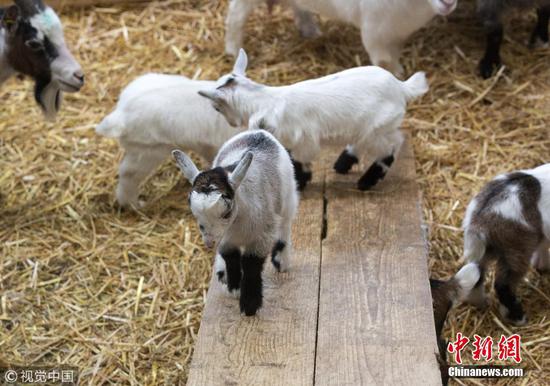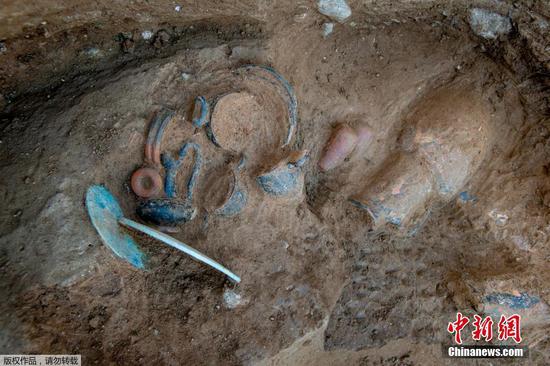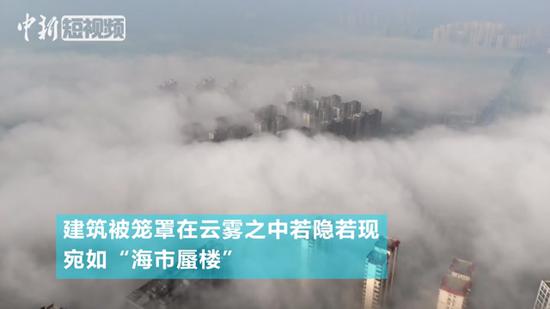
A cargo train, part of rail-sea transit services, departs for Tianjin Port from Anyang, Henan province. ()Photo by Bi Xingshi/For China Daily)
Although based in the inland province of Henan in central China, Huang Xiaokang feels that a sea port has been set up at the doorstep of his company.
Huang is the general manager of a logistics company affiliated to YTO Group Corporation, a leading agricultural machinery manufacturer headquartered in Henan's Luoyang city.
In the past, tractors produced by the group had to be transported by trucks before being reloaded to containers at Qingdao Port in East China.
Now, thanks to the rail-sea transit services, the tractors are transported in standard containers by freight trains to the port and directly loaded onto a ship.
The whole process has been shortened by two days since the inspection and customs clearance are completed in the company.
"The transport time and cost have been greatly lowered," Huang said, noting that the company now transports not only its own products, but also photovoltaic panels and other products produced by other enterprises for profits.
Founded in 1955, the YTO group was one of 156 key projects listed in the country's first five-year plan from 1953 to 1957. In 1958, the first wholly Chinese-made tractor rolled off the production line of YTO.
At the beginning of its establishment, the State-owned group had its own railway station for delivery of products. But it was almost deserted by the 1980s, when the cost of highway transport became lower than rail, due to road expansion.
Now the station has been revitalized by the development of the rail-sea transit.
In November 2018, 100 high-powered YTO tractors were directly transported from Luoyang to Qingdao Port by rail-sea transit services and then reached Cuba.
In late February, Qingdao Port International Logistics Company and YTO Group signed a cooperation agreement on accelerating the construction of inland ports.
According to the agreement, Qingdao Port also promised to further lower overall logistics costs by 10 percent.
The rail-sea transit services have interconnected the logistics network along the Silk Road Economic Belt and 21st Century Maritime Silk Road, helping boost cargo transport in countries and regions participating in the Belt and Road Initiative.
Inland transportation hub Zhengzhou, for example, has opened a number of rail-sea transit lines to Lianyungang, Qingdao, Tianjin and Zhoushan ports.
Since the Belt and Road Initiative was proposed in 2013, China has been accelerating cargo transport network to the related countries and regions.
China-Europe freight trains have made more than 13,000 trips so far, with the proportion of China-bound trips up by nearly 20 percentage points in 2018. The trains connect Chinese cities with 49 cities in 15 countries.
At present, many coastal ports in China, such as the ports of Qingdao, Ningbo and Tianjin, are cooperating with railway companies to conduct rail-sea transit businesses by building inland ports in central and western China to further serve the Belt and Road Initiative.
Li Wucheng, general manager of Qingdao Port International Logistics, said the company would provide enterprises with rail-sea transit services for the delivery of goods for export, and improve customs clearance efficiency by 25 percent.
China has made great efforts to adjust the transport structure by reducing the volume of road transport to promote the upgrading of logistics and combat air pollution.
In 2018, the State Council, China's Cabinet, issued a three-year action plan for promoting transportation structure adjustment, vowing to shift the bulk cargo transportation from roads to railways and ships.
The plan targets annual growth of 20 percent from 2018 to 2020 in multimodal transport, or combined transport with at least two different means of transport under a single contract. The rail-water transit volume in major ports will grow by more than 10 percent annually, according to the plan.
"With the improved network of railway lines and the efforts of railway and port departments, I believe the trend of the rail-sea transit services is in line with the development of logistics upgrading, and will make logistics more convenient," Huang said.









